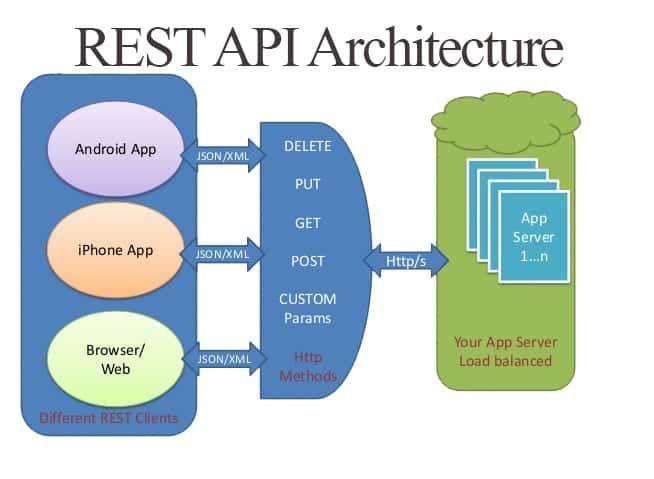RESTful API development is a crucial aspect of modern tech. Whether you are developing a web application, mobile app, or any other software product, understanding how to create and utilize RESTful APIs is essential for success. In this article, we will take a deep dive into the world of RESTful API development, covering its basics, best practices, and how you can get started with building your own RESTful APIs.
What is a RESTful API?
REST stands for Representational State Transfer, which is an architectural style for designing networked applications. A RESTful API is an API that follows the principles of REST, utilizing standard HTTP methods like GET, POST, PUT, DELETE, etc. to perform CRUD (Create, Read, Update, Delete) operations on resources.
Key Principles of RESTful API Development
There are several key principles that govern the design and development of RESTful APIs:
1. Resource-Based
In RESTful API development, everything is treated as a resource. Each resource is identified by a unique URI (Uniform Resource Identifier), and resources are manipulated using standard HTTP methods.
2. Stateless
RESTful APIs are stateless, meaning that each request from a client must contain all the information needed for the server to fulfill that request. The server does not store any session state between requests.
3. Uniform Interface
A uniform interface simplifies the architecture of the system and allows for the decoupling of the client and server components. The four key constraints of a uniform interface are: resource identification, manipulation through representations, self-descriptive messages, and hypermedia as the engine of application state.
Best Practices for RESTful API Development
Here are some best practices to keep in mind when developing RESTful APIs:
1. Use HTTP Methods Correctly
Use the appropriate HTTP methods (GET, POST, PUT, DELETE, etc.) for CRUD operations on resources. This helps in keeping the API predictable and easy to understand for developers.
2. Version Your API
Always version your API to ensure backward compatibility. This allows you to make changes to the API without breaking existing client applications.
3. Use Proper Status Codes
Use proper HTTP status codes to indicate the outcome of a request. For example, use 200 for a successful request, 404 for a resource not found, and 500 for server errors.
4. Provide Documentation
Document your API thoroughly, including endpoints, request and response formats, authentication mechanisms, and usage examples. This helps developers understand how to interact with your API.
Getting Started with RESTful API Development
Now that you have a basic understanding of RESTful API development, it’s time to get started with building your own APIs. Here are the steps to get you started:
1. Define Your Resources
Identify the resources you want to expose through your API. Determine the URIs for these resources and the operations that can be performed on them.
2. Design Your Endpoints
Design the endpoints for your API, taking into consideration the HTTP methods that will be used to manipulate the resources. Ensure that your endpoints are intuitive and easy to use.
3. Implement CRUD Operations
Implement the CRUD operations for your resources using the appropriate HTTP methods. Make sure to handle errors and provide meaningful error messages to the client.
4. Test Your API
Test your API thoroughly to ensure that it behaves as expected. Test different scenarios, including successful requests, error scenarios, and edge cases.
5. Secure Your API
Implement proper authentication and authorization mechanisms to secure your API. Consider using tokens, OAuth, or other security protocols to protect your resources.
Conclusion
RESTful API development is a fundamental skill for tech professionals in today’s digital age. By following the principles and best practices outlined in this article, you can create robust and reliable APIs that provide value to both developers and end-users. So start exploring the world of RESTful API development and unleash the full potential of your software projects!
